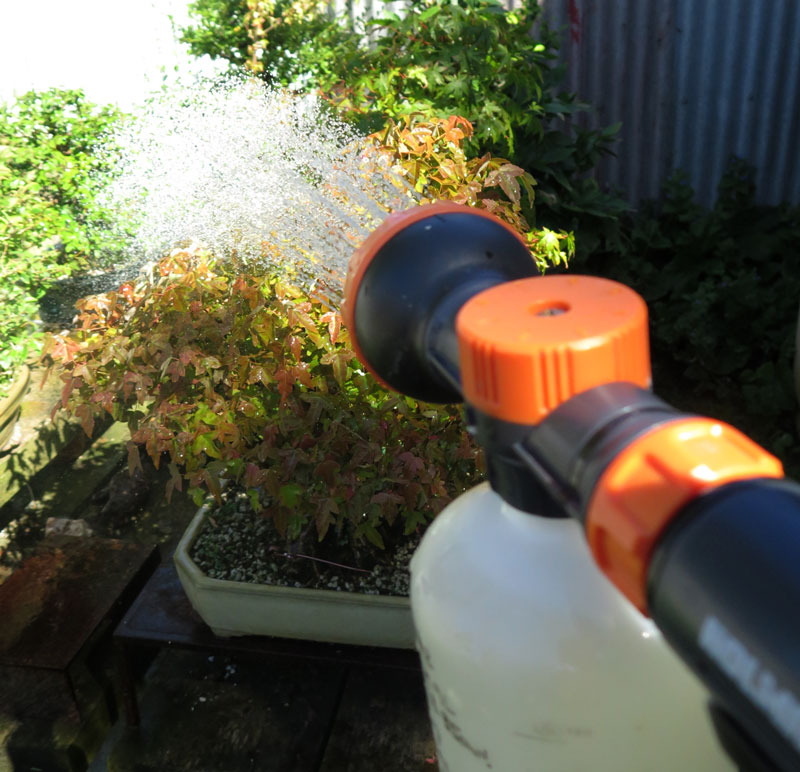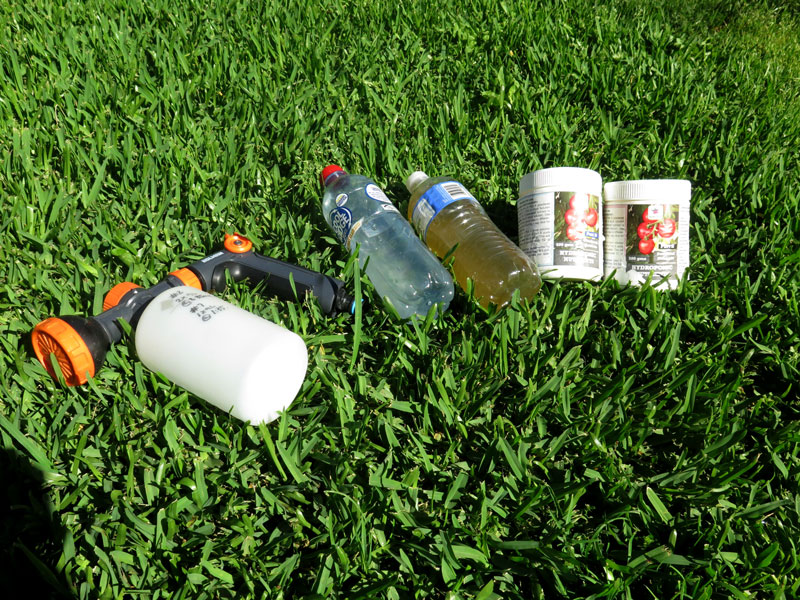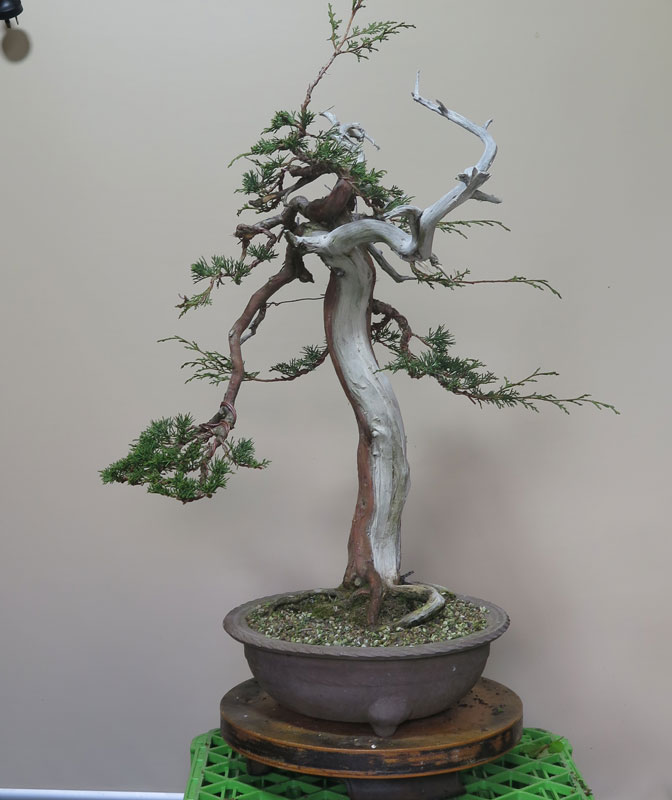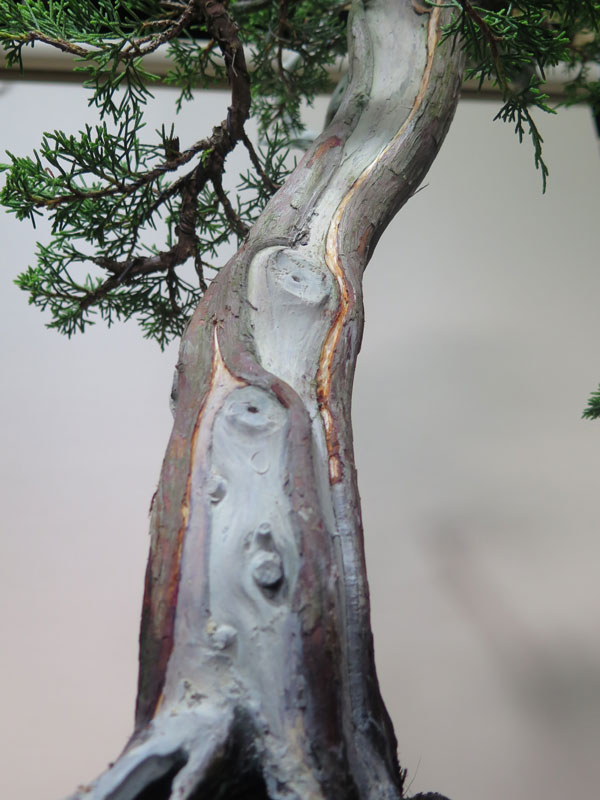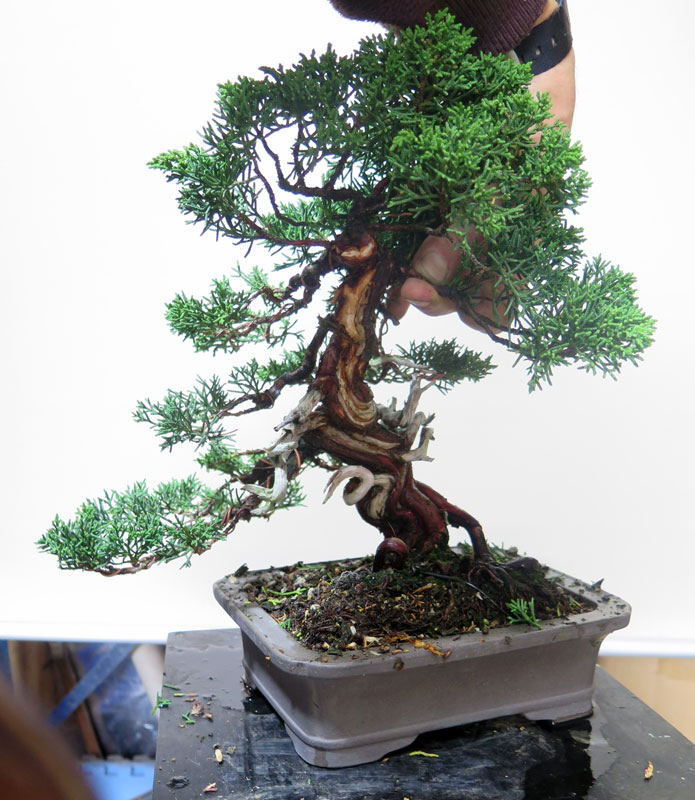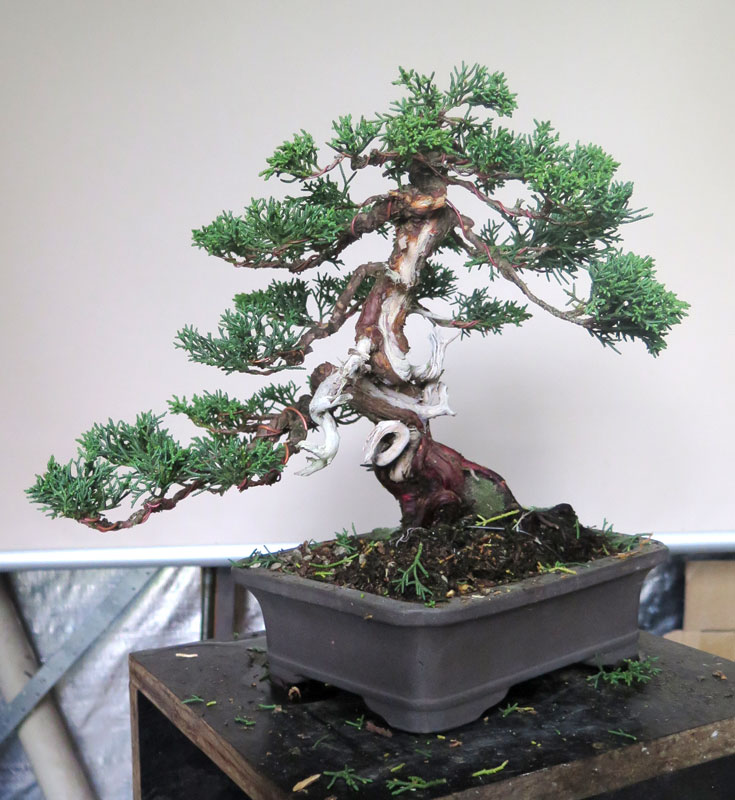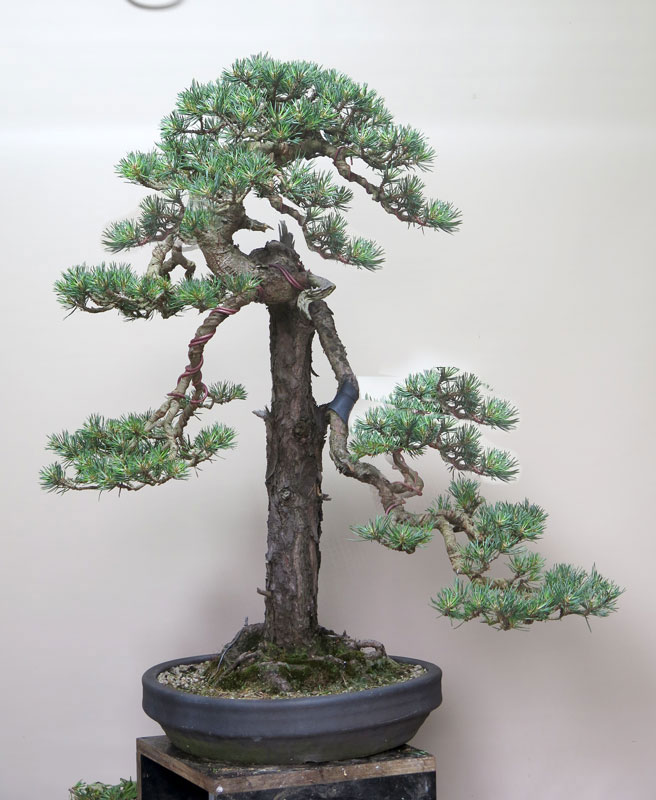I lost a tree this year. It died in unusual circumstances and rather quickly, deteriorated after a single hot day.
People don’t tend to talk about the failures, the broken branches, the missed waterings or the mysterious die-back, it’s much easier to instead focus on the successes, the glossy pics, healthy foliage and triumphs. But we have all had failures, If you can find a bonsai grower that hasn’t killed a plant, you have probably found a liar. It happens. Some times it happens for very obvious reasons that you can solidly blame on yourself for but sometimes it seems a mystery.
Regardless of the reason, there is always a lesson to be learnt.
Which is where the below tree comes in.
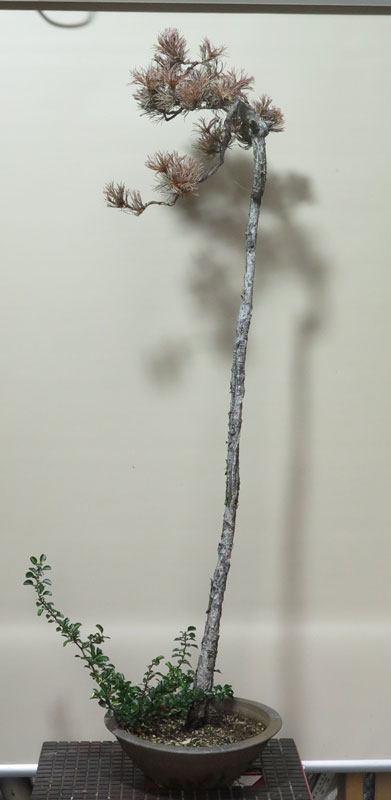
The tree above was a white pine, that I had originally dug from a forestry plot and grafted white pine onto. I think from memory I dug the original stock in 2019 or 2020 with the graft being placed the season following digging it.
The graft grew out and i was able to remove the original foliage a season after the graft had been done.
The White pine foliage grew really strongly and well up until early this summer. It had flushed out strongly and seemed to be growing well until we got a single hot day and the tree’s fresh needles yellowed and browned and the tree then died.
The hot day in question wasn’t a record breaker but low 30’s(c). I wouldn’t have expected that sort of heat to have this effect on the tree in question, and it had survived well much hotter temps in previous years. The Chojubai cutting that was planted at it’s base also showed no sign of heat stress either. Strange.
I suspected a failed graft union.
So i decided to dig a little deeper into the graft. The below details my un-scientific autopsy of the graft union. I essentially cut a number of slices through the graft to see what was going on inside and below the bark as per the below images.

Above: you can see the swelling at the graft union site. The white pine above the graft grew very strongly and swelled each season while the trunk below the graft didn’t seem to swell at all, perhaps an early warning sign I didn’t click to.
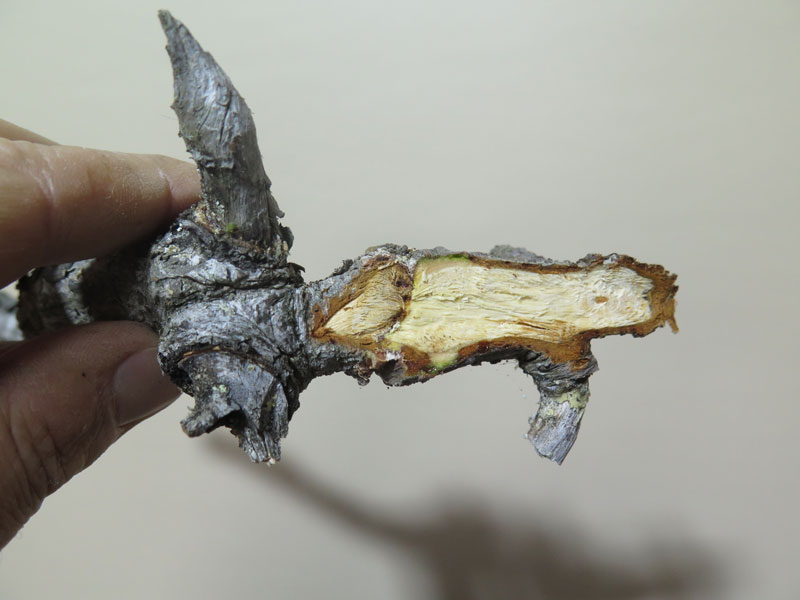


Above 3 Images: Various depth slices through the graft reveal some interesting things. There appears to be some bark inclusions within the graft and the cambium layers do not seem seamlessly knitted together. I wonder if the swelling was caused by a disruption in sap flow between the two sections of trunk?
My theory is that there was only a small section of connected and functioning cambium layer that as the trunk grew and swelled slowly got pulled apart. All it needed was the added stress of a hot day and the graft was not able to keep up with the sap supply…….. and hence a failure.
Googling ‘graft incompatibility’, brings up images that match mine above. The reasoning for the failures are varied and range from species or variety incompatibility through to poor craftsmanship of the graft itself.
As the stock tree was an unknown forestry hybrid, white pine may not be a good species match, but there is also every chance that my graft was not executed or aligned correctly to begin with also. Either way it failed and the graft itself showed some warning signs leading up to the failure.
For my future grafting projects i now have a better understanding of what signs to look out for (adverse swelling for starters) and can plan some contingency should these issues arise again.
If anyone has more knowledge or insight into the images above, i would really appreciate you adding a comment below so I can learn more.

